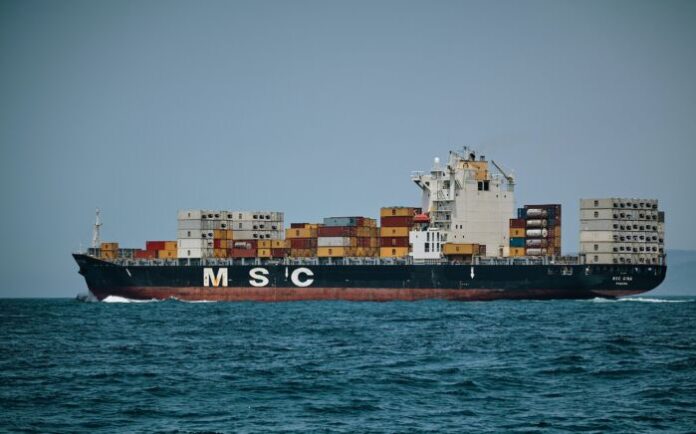
A recent WHO study identifies maritime activities among the six major anthropogenic emission sources (out of sixteen) of atmospheric pollutants, both gaseous and in the form of particulate matter, such as nitrogen and sulfur oxides and atmospheric particulate matter of different sizes. These pollutants, particularly sulfur dioxide emissions, cause acid rain and create fine dust that can cause respiratory and cardiovascular diseases.
The analysis conducted by the Institute of Atmospheric and Climate Sciences of the National Research Council (Cnr-Isac) of Lecce, entitled ‘Recent Advances in Studying Air Quality and Health Effects of Shipping Emissions’ and published on Atmosphere, examines current knowledge on the impact of local navigation in port areas by comparing it with public health indicators.
“In Europe the impact on the concentrations of pollutants in the atmosphere, such as PM2.5 and PM10, the so-called fine particles, varies between 0.2% and 14%, with the highest values observed in the Mediterranean area”, says Daniele Contini , CNR-Isac researcher and co-author of the research together with his colleague Eva Merico.
“In Italy there are impacts to fine dust typically between 2% and 10%. The impacts to gaseous pollutants (nitrogen oxides and sulfur oxides) are even greater and vary, in Italy, typically between 5 and 40%, the latter value found especially in the vicinity of port areas “.
The latest international regulations place a decisive reduction in the sulfur content in marine fuels, from 3.5% to 0.5% by mass, thus leading to a decrease in emissions of sulfur oxides and atmospheric particulate matter.
“Thanks to these measures, it is possible to estimate a decrease in the coming years of 34% in premature deaths due to ship emissions (which would still remain 250,000 per year) and 54% of childhood asthma cases”, concludes Contini.
“On the other hand, the reduction of the sulfur content in fuels changes the chemical and physical properties of the emitted particulate and therefore its interaction with solar radiation, reducing the cooling effect of the atmosphere due to the aerosol emitted by ships and leading to an increase of about 3% of the global warming forcing due to human activities, with an overall negative effect on the climate. It is therefore desirable that in the future environmental policies aimed at maritime traffic consider and protect both these aspects, health and climate ”.



































